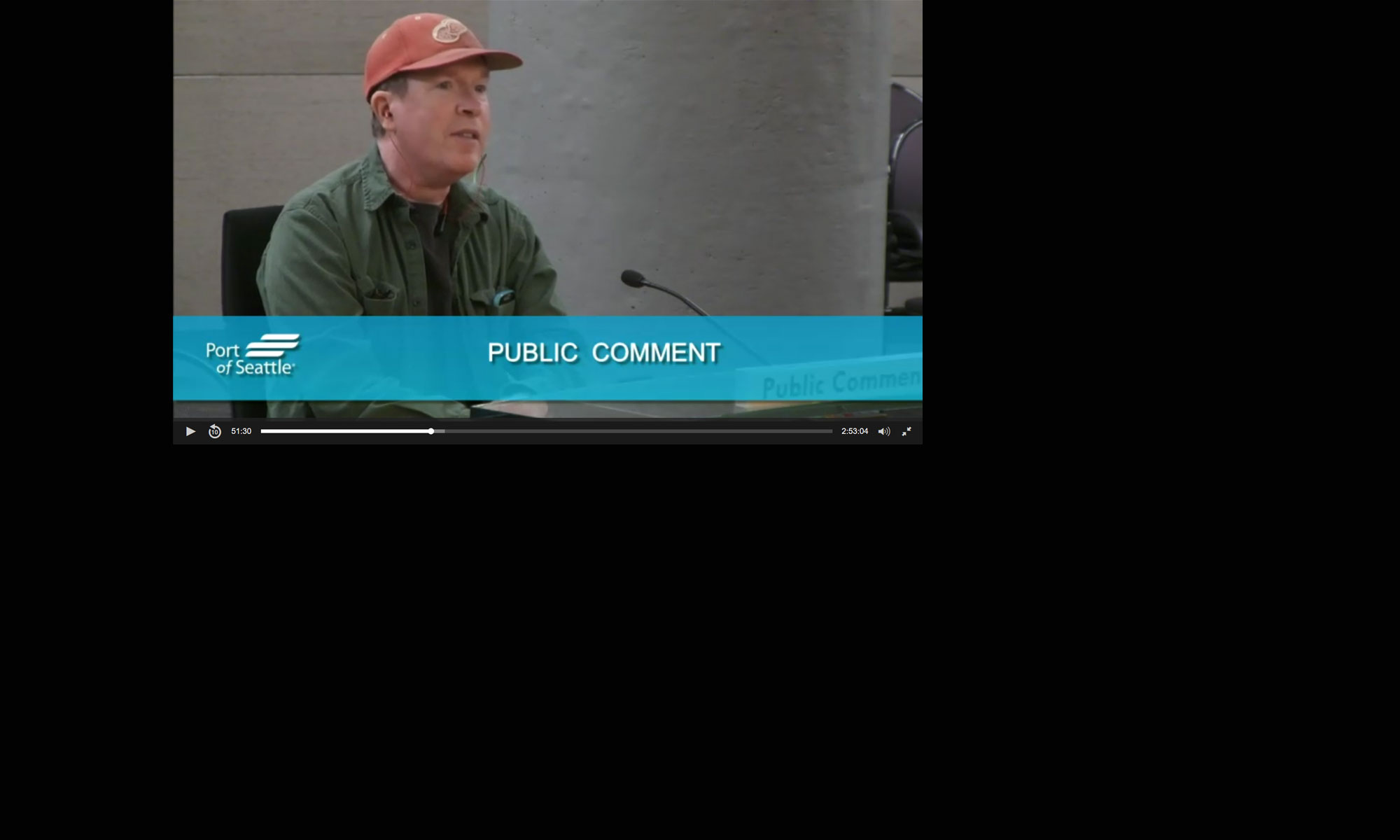by Jack Mayne Des Moines has long been considered unfriendly to developers and to those just wanting to remodel and redevelop their own properties. People seeking city permits were often confronted with a set of difficult to understand regulations and with little help negotiating them.
Not any more. A shrinking tax base and some new members of the Des Moines City Council are making some significant changes in the way this city does business. In the words of City Manager Tony Piasecki, the “Waterland” city is now a happening place. “This is the time to get in on the ground floor of a place that is going to be happening very quickly,” Piasecki said. “Property values are low and affordable, you’ve got a Council, a city staff and a community that recognizes that development is not a bad thing, that, bluntly, developers making a profit is not a bad thing. “Good development is what we are trying to encourage and we want to work with developers to figure out what they want to do and how we can make it happen. This place has a different attitude and we recognize that we are in partnership with the development community.” That doesn’t mean all requirements are gone, and the city will not allow something to be done wrongly or allow use that is clearly not allowed in the code, he said. “But given the flexibility that the codes do allow, given the creativity of the staff we have here, we’ll sit down with you. “We are open for business.” THE CITY’S BAD REP Piasecki said for years the city projected a negative view. “I think in a general sense, Des Moines had a reputation of not being easy to do business with, that our codes were restrictive, over prescriptive (with) not a lot of flexibility and that attitude kind of permeated its way down to the staff,” Piasecki said. He said the city never needed to worry about economic development until the 1999 initiative that cut car tabs to $30. “The car tab revenue – the motor vehicle excise tax – was the revenue source for a state program called ‘sales tax equalization,’” he said. The program was to smooth out revenues between cities like Tukwila which had South Center, a large sales tax revenue producer, versus a city like Des Moines that had low sales tax income because it had no major shopping center.

“In 1999, the city’s general fund budget was about $13 million, $2.3 million of that was sales tax equalization money,” Piasecki said. “Almost 25 percent of our general fund was just a state hand-out. That $2.3 million was sliced away over the years until now the amount from the state is about $85,000. “Now I have a reason to go after economic development,” Piasecki said. One result of that is Marion Yoshino, the city’s new economic development manager. Yoshino, a city council member in next-door Normandy Park, said the tight budgets of both cities and some time she had available, induced her to offer her services to Des Moines.
DOWNTOWN’S MARINA DISTRICT Piasecki said the city got serious about three years ago and started updating the city codes. “I pushed very hard for a different approach, from ‘here are the rules, follow them’, to ‘what is it you are trying to do and we will help you figure out how you can do it,’” he said. He went to the council several times to explain that some rules were causing problems for developers and suggesting ways they could be changed or fixed and the Council adopted some of those. “We have spent almost two years slowly, deliberately putting together a new set of development rules,” Piasecki said. “The most dramatic one is the change to the downtown Marina District zoning,” Piasecki said. “Height is a big issue for any community where there are some views.” After a year of study, the Council agreed there was “room for height downtown” and the city could “mitigate but not get rid of the view impacts.”

The new code was adopted last summer and several developers have indicated interest. The 35-foot height limitation remains along Marine View Drive but on 7th Avenue starting at 226th north to 220th now has a 45-foot limitation. “The first three buildings that want to do it can go to 55 feet, however they have to ‘buy’ that 55 feet by doing things like additional frontage improvements above and beyond what the code requires, putting in uses we’d like to see – underground parking, top story restaurants and things like that. As they do those things, they acquire additional square footage in height.” Reaction to the changes has been somewhat mixed, Piasecki said. Those people who own property or want to develop property along 7th say changes are great, but those on Marine Drive say, “What about us?” He is not certain whether the City Council is willing to make any changes on heights on Marine View Drive. But, developers can have their proposals considered by the city even if the project conflicts with parts of the city code. There was a proposed Artemis Hotel on Pacific Highway. “Unfortunately, when they designed the building it was going to be three feet too tall. They came to us and said, ‘is there a solution to this?’ We said there might be. The three feet they had was, instead of having a straight flat roof line, they wanted to do a little bump up in the middle of it to give it a little bit of architectural style.” The city decided that for aesthetic reason, a building could go a little bit higher than the zoned 85-foot level. The City Council also changed the way building square footage is figured so all buildings would not look the same. “So your building can be 65,000 square feet,” he said. “We are not going to tell you how to design it, we are not going to tell you that you have to notch this in – you design it. Now you have a floor ratio based on how high you can go.”

CAPE COD ON THE SOUND? Former Mayor Bob Scheckler, still a council member, was raised in New England and has wanted downtown redevelopment to have a Cape Cod or fishing port motif. A vote approving the “suggestion” occurred March 22, with two of the seven members opposed. Some Council members are saying there really was not a vote for a Cape Cod motif but “a theme with some stylistic elements and we are not sure what we are going to call it,” said Yoshino, the city’s economic development manager. The city wants a list of “stylistic elements” for developers, not a mandate or a required style that developers must adhere to – cedar shakes, white trim, wood siding etc., she said. Development is a key to better financial stability, said Piasecki. “What this city needs to do and what we are doing now it to focus on how do we get our revenue equal to the expenditures we want to have for the services we want to provide,” Piasecki said. “The only way that is going to happen is if we get more development in the city that creates new revenue, particularly when it comes to sales tax revenue and (business and occupation tax) revenue – those are going to be the big chunks of money that will allow us to grow out of this problem. “We still have the budget problem but we have, and have had for the past four years, a council that wants to deal with the revenue side,” he said.
WE WILL WORK WITH YOU The city is now working with developers, talking with them and trying to find ways to allow them to do their development project rather than saying simple here are the rules and that is it. Every morning, he said, there will be someone who knows the building codes and zoning issues, surface water issues and the transportation issues available for anyone who comes in to discuss a project. The city is willing to meet with a proposed developer as often as necessary, without charge, with the aim of working out any problems. “Building codes are not as prescriptive as they used to be, they are more performance based,” he said. The intent of the codes is to prevent future problems that could allow fires to develop or structural failures but there are many and varied way to get to that goal. “So, if you can show the building folks that even though this is not exactly what is called for in the building codes, here is why it works – we can allow them to do that,” Piasecki said.]]>



